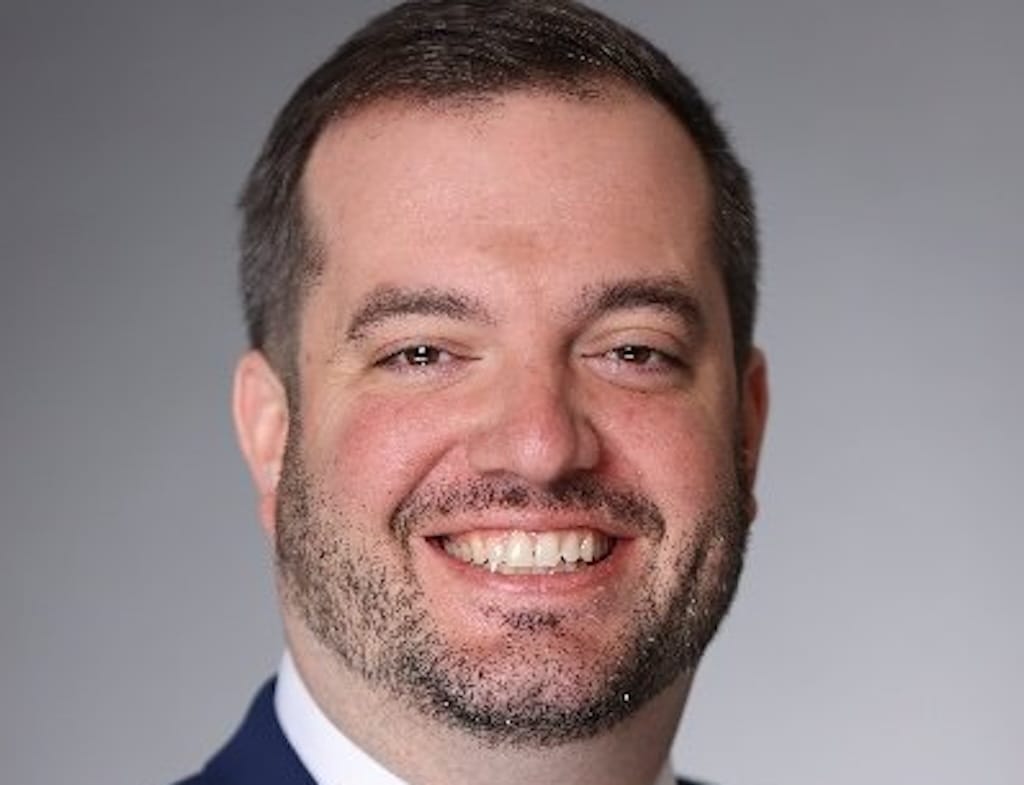FCC Adopts New Licensing Plan for Air-to-Ground Services
If you caught the news stories last week on the FCC's decision proposing to allow the use of cell phones on airplanes, you may have gotten the impression it won't be long until you can fire up your cell phone, conduct business and send pictures from the plane to your associates on the ground. Not so fast. While the details won't be available until the FCC issues its Notice of Proposed Rulemaking, the FCC news release FCC to Examine Ban on Using Cellular Telephones on Airborne Aircraft provided some information on how cell phones on planes would work.
Don't think about communicating with cell phone towers on the ground. If you've ever tried to use your cell phone while working on a tall broadcast tower near a populated area, at a mountaintop transmitter site, or even on the top floors of a high-rise, you have probably noticed that while you are getting plenty of signal strength, you are having trouble making and holding calls. This is likely due to your cell phone hitting multiple cell-phone base stations. A cell phone near a window in an airplane would create problems as cell phone towers over a wide area received its signal. If the cellular system didn't stop the transmission (drop the call), it would block the use of that frequency at every cell affected. To avoid that problem, the FCC indicated that cell phones used on planes would have to operate at their lowest possible power and communicate with a "pico cell" on the plane, which is likely to involve additional air-time charges.
How will the "pico cell" in the plane communicate with the ground? While it is possible the airplane could use a satellite uplink/downlink, it will probably use existing spectrum in the 800 MHz allocated for air-to-ground telephone service. At last week's open Commission meeting, the FCC adopted a Report and Order and Notice of Proposed Rulemaking that will allow the FCC to auction new licenses in this spectrum. According to the news release, FCC Paves the Way for New Broadband Services in the Air, auction winners could provide any type of air-to-ground service, including voice, data, and broadband Internet and provide the service to any or all aviation markets. This means a licensee could provide telephone and data services to business travelers while handling flight data and weather information for private pilots and airfreight operators.
Two licenses will be auctioned and bidders will have three options:
- Band Plan 1: two overlapping, cross-polarized 3 MHz licenses (licenses A and B)
- Band Plan 2: an exclusive 3 MHz license and an exclusive 1 MHz license (licenses C and D)
- Band Plan 3: an exclusive 1 MHz license and an exclusive 3 MHz license (licenses E and F), with the blocks at opposite ends of the band from Band Plan 2.
No single entity will be allowed to have more than 3 MHz of spectrum (shared or exclusive) under the new rules. The news release said that ground stations in the air-ground 800 MHz service would be subject to the same interference abatement obligation rules adopted for cellular services in the 800 MHz public safety order.
Verizon Airfone was granted a non-renewable 5-year license, subject to existing narrowband technical limits, in 1 MHz of spectrum.
In addition to changing the rules for air-ground 800 MHz services, the FCC eliminated or streamlined a number of other rules in the land mobile radio services. See FCC Paves the Way for New Broadband Services in the Air for additional information and a chart of the band plan options.
One final note, while the FCC may not limit cell phone use on airplanes, before you could legally use a cell phone on a plane the Federal Aviation Authority (FAA) and commercial air carriers would have to modify their rules to eliminate restrictions on cell phone use in the air.
The professional video industry's #1 source for news, trends and product and tech information. Sign up below.
